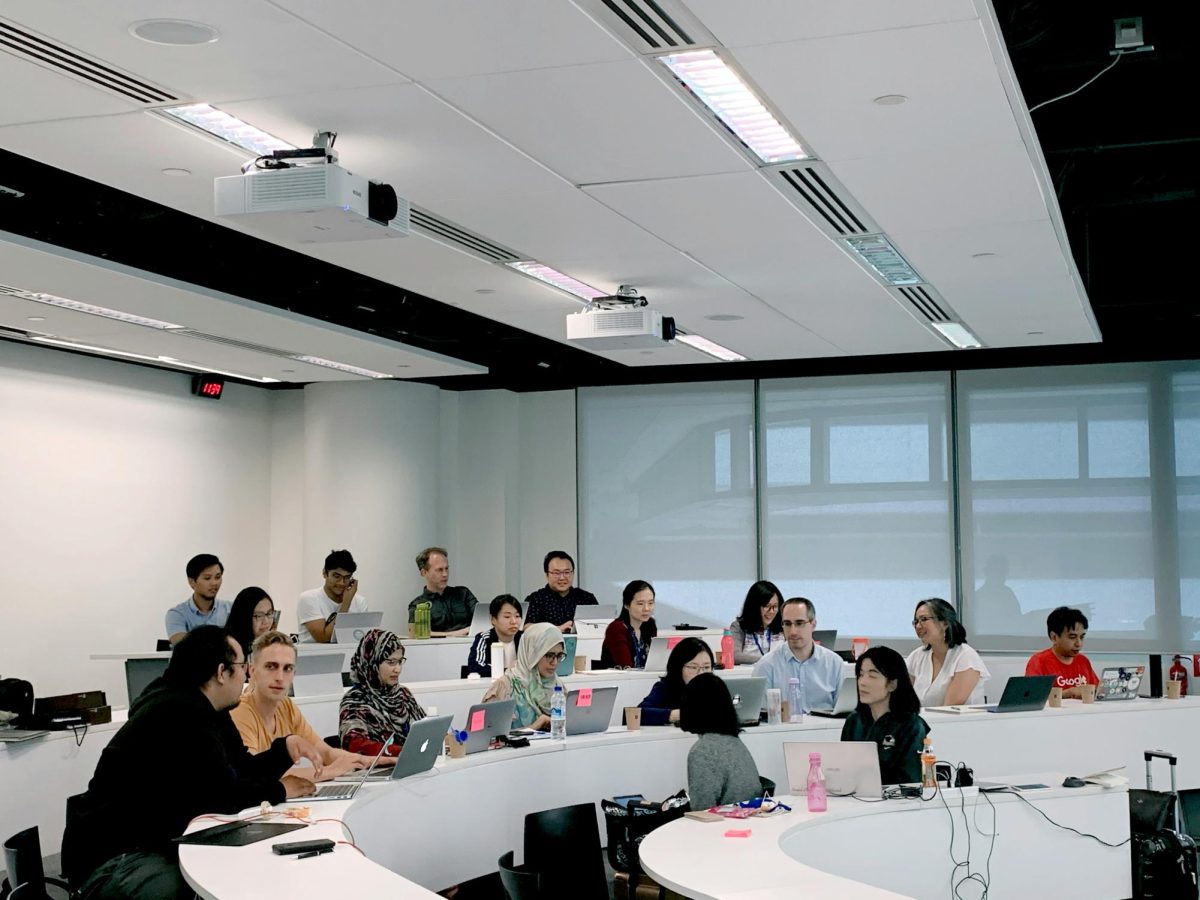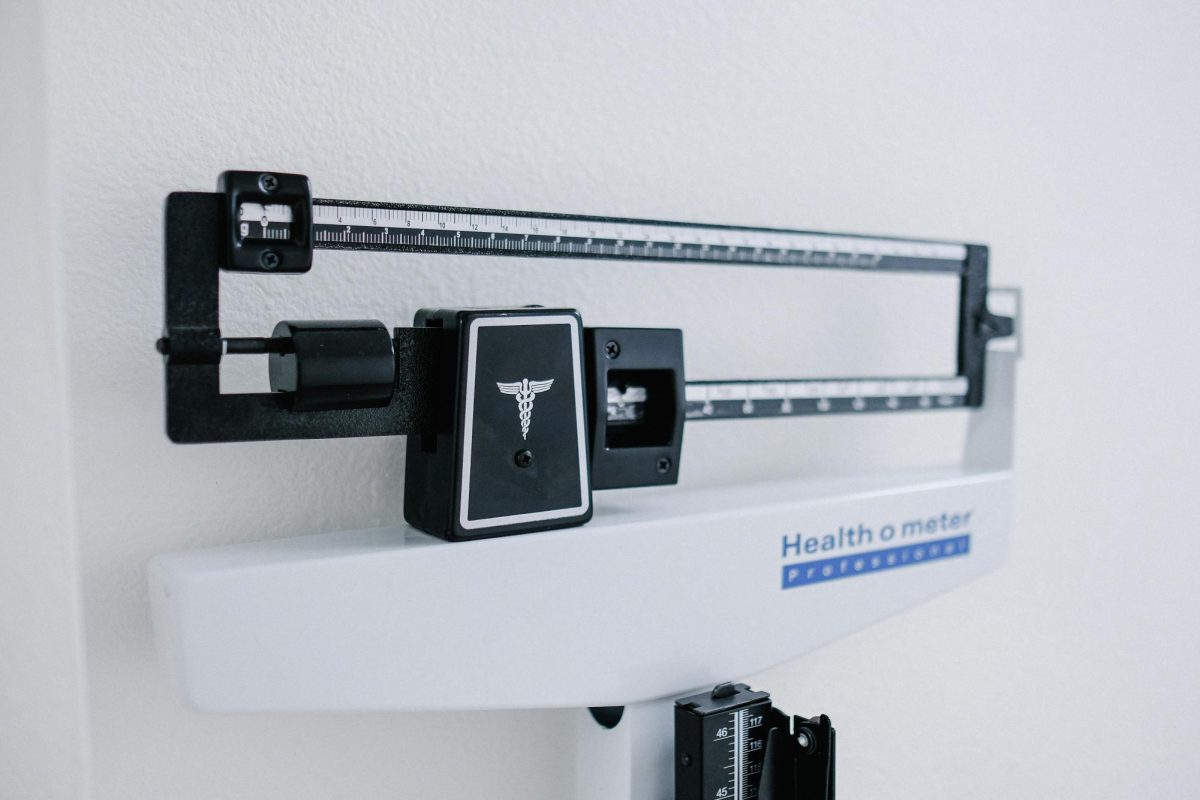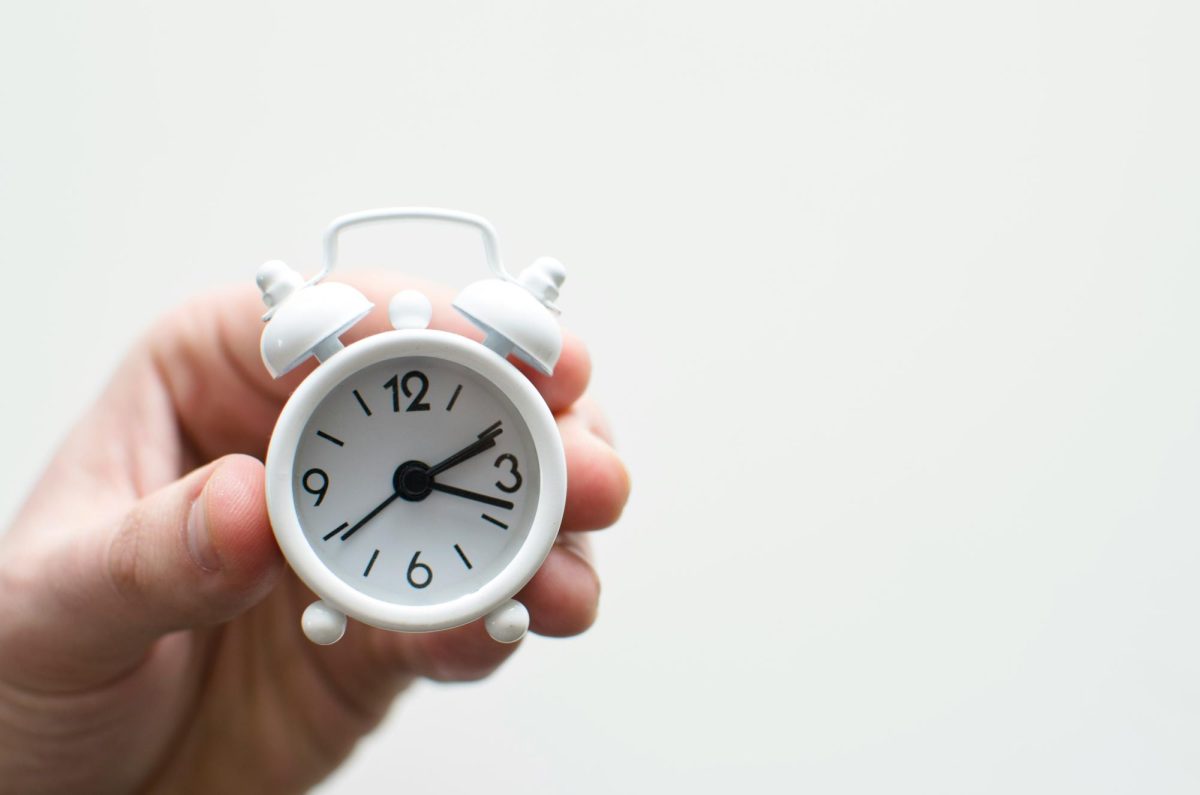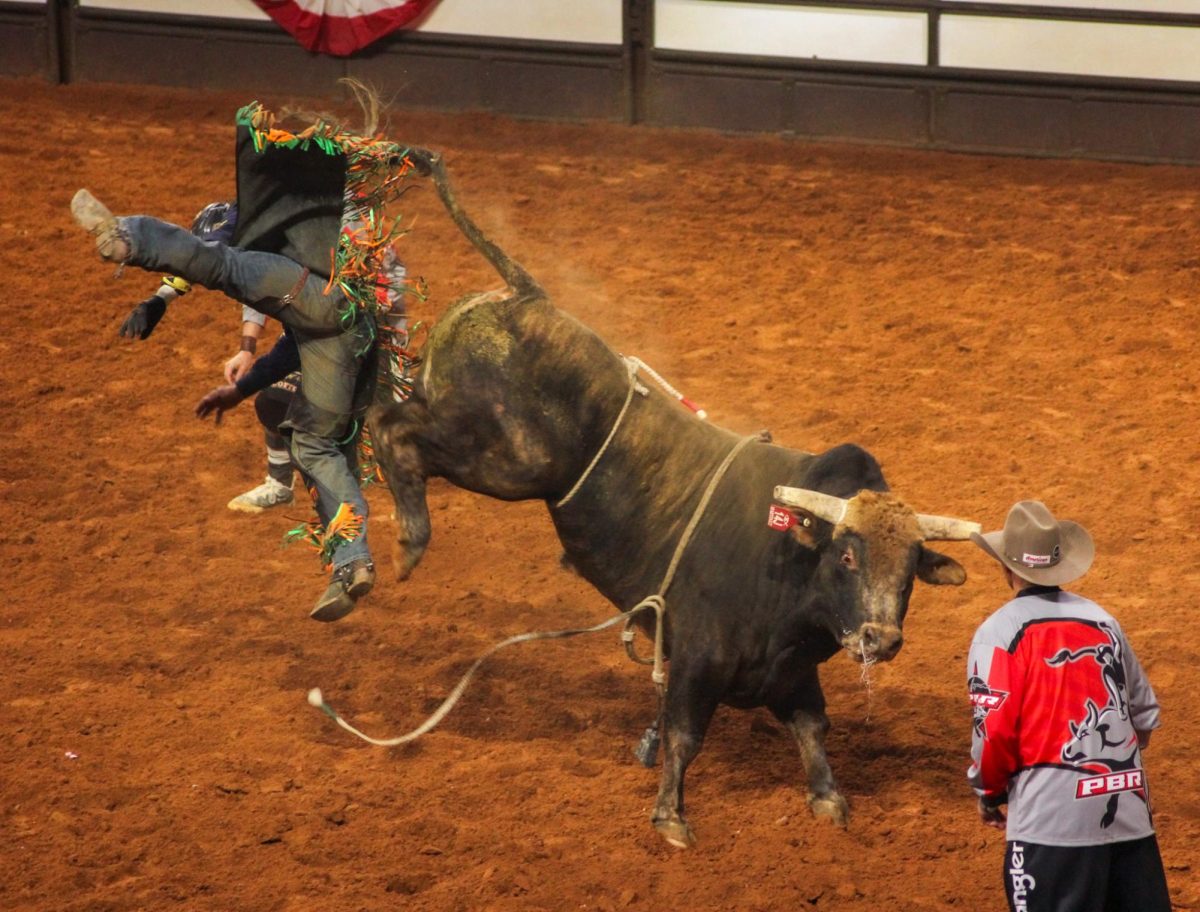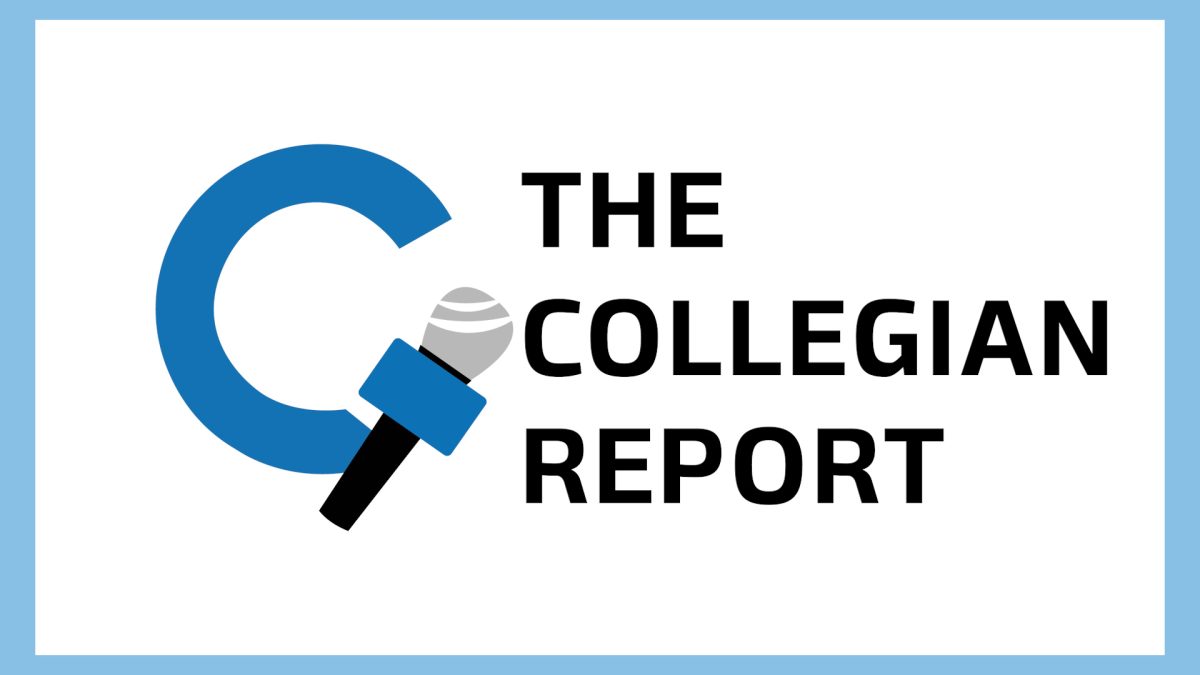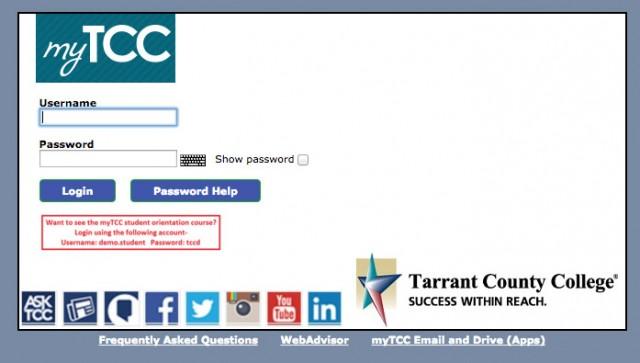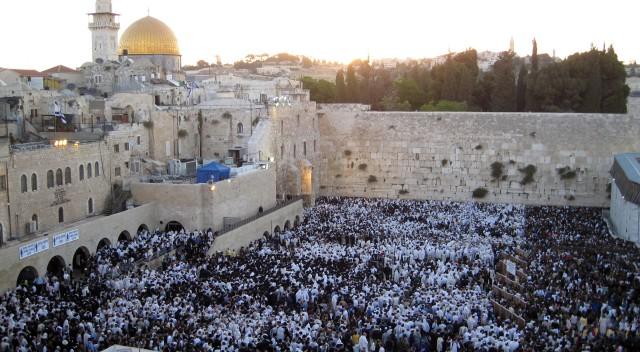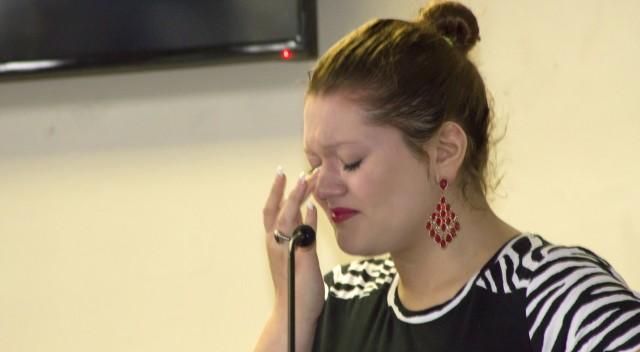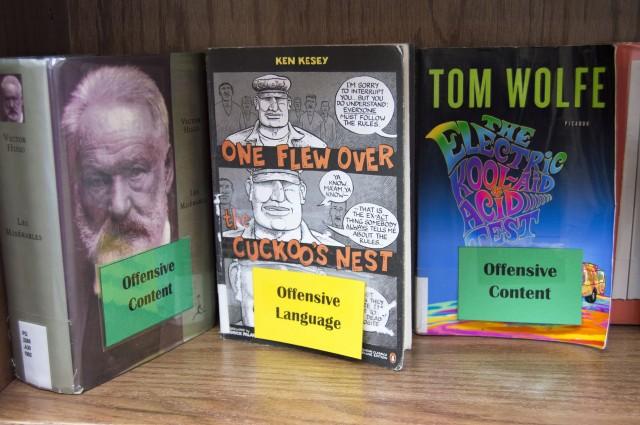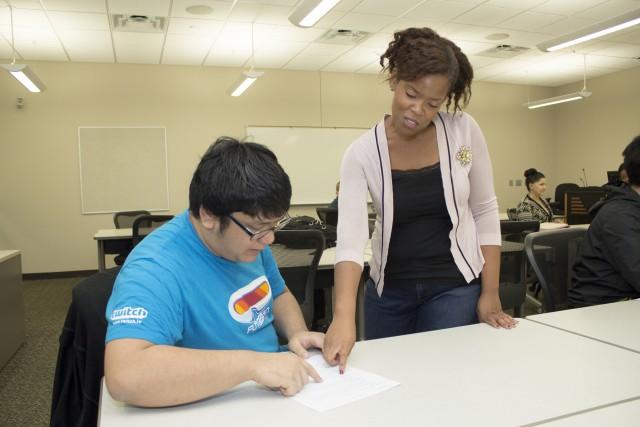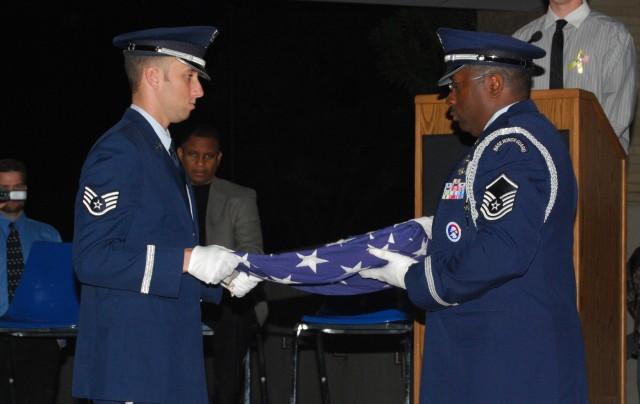By Jamil oakford/ managing editor
Halloween elicits the nostalgia of carved pumpkins and costume parties. But costume choices have in some cases ended in public shaming for people — all in the name of cultural appropriation.
This term, reserved for moments when someone from one culture adopts items that are specific to another culture, has caught a lot of traction over the last couple of years, especially with Halloween costumes.
Back in 2013, Chris Brown wore Arab clothing with a clip of bullets draped across his shoulders to Rihanna’s Halloween party. Just last year, actress Julianne Hough decided to go in blackface to complete her Crazy Eyes costume from Orange is the New Black.
Clothing stores have also received heat for selling clothing or products that are considered cultural appropriation as well. ASOS recently pulled its line of bindi accessories after they received backlash. Victoria’s Secret also dealt with backlash after releasing their “Geisha” lingerie line in 2012, just to name a few.
But cultural appropriation doesn’t have to be negative. Sometimes appropriating another culture enhances both cultures.
For example: tea. It’s almost synonymous with British culture. The pillar of British culture became a staple thanks in part to the Silk Road to China.
Tattoos, facial piercings and ear gauges are all foreign ideas that many cultures have adopted.
Costumes and fashion are the easiest to point out as atrocious offenses to cultural appropriation. If someone who obviously isn’t Indian wears a bindi, that’s something people can easily tie back to another culture.
But that won’t take away the negative sting felt when people see their cultures treated as the brunt of a Halloween costume joke.
It’s not funny for someone to claim he or she is a terrorist for Halloween when they’re dressed up in traditional Arab clothing. It’s also not acceptable to don blackface when dressing up as a person of color for Halloween. And it’s certainly not appropriate to dress as “sexy” Pocahontas.












